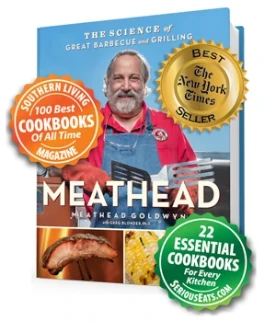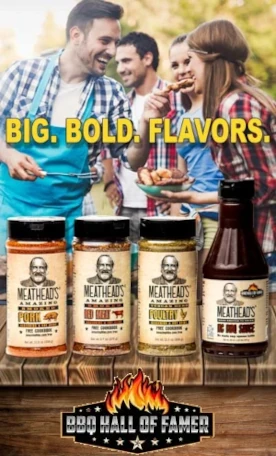BRISKET FLAT MOISTNESS
I've recently noticed something a bit odd that I would like to share with my friends here.
It is the way the brisket flat surface looks visually immediately after the brisket is cut in half.
-
It's hard to describe, and I have not read of this meat surface "attribute" anywhere else on the web.
Am wanting to share it here with the KBQ family and those that are struggling to get a moist brisket flat.
-
In examining the surface of the meat of a brisket that has just freshly been cut, I noticed something that caught my eye.
A really moist flat, versus a dryer flat has a slightly different look besides the obvious moisture we see in some web photos.
I am aware that one might spray oil or water on the surface to "fake" a moist flat, but I don't believe that this attribute can be faked. (Am not sure though as this is a new discovery)
-
Please bear with me as I may be in some "odd and foreign land of smoke" on this...
Photos with descriptions will show this best, and are to follow shortly when I get them together.
----------------------------------------------------------------------------




My thoughts are that the openings, or gaps in the surface of the cut flat increase in size and number when the meat is dry and are closed and few when it is more moist.
If I can see fat that is not totally rendered in gaps of the point, that seems normal.
There is less fat in the flat, and lots of gaps as seen in the top left photos appears to me to be really dry.
-
This observation may mean absolutely nothing, and I may delete this post.
Upon further research, I will decide whether I am as mentioned, "In a smoky and far away land" or I am "on cue."
Time will tell.
I've recently noticed something a bit odd that I would like to share with my friends here.
It is the way the brisket flat surface looks visually immediately after the brisket is cut in half.
-
It's hard to describe, and I have not read of this meat surface "attribute" anywhere else on the web.
Am wanting to share it here with the KBQ family and those that are struggling to get a moist brisket flat.
-
In examining the surface of the meat of a brisket that has just freshly been cut, I noticed something that caught my eye.
A really moist flat, versus a dryer flat has a slightly different look besides the obvious moisture we see in some web photos.
I am aware that one might spray oil or water on the surface to "fake" a moist flat, but I don't believe that this attribute can be faked. (Am not sure though as this is a new discovery)
-
Please bear with me as I may be in some "odd and foreign land of smoke" on this...
Photos with descriptions will show this best, and are to follow shortly when I get them together.
----------------------------------------------------------------------------
My thoughts are that the openings, or gaps in the surface of the cut flat increase in size and number when the meat is dry and are closed and few when it is more moist.
If I can see fat that is not totally rendered in gaps of the point, that seems normal.
There is less fat in the flat, and lots of gaps as seen in the top left photos appears to me to be really dry.
-
This observation may mean absolutely nothing, and I may delete this post.
Upon further research, I will decide whether I am as mentioned, "In a smoky and far away land" or I am "on cue."
Time will tell.












Comment